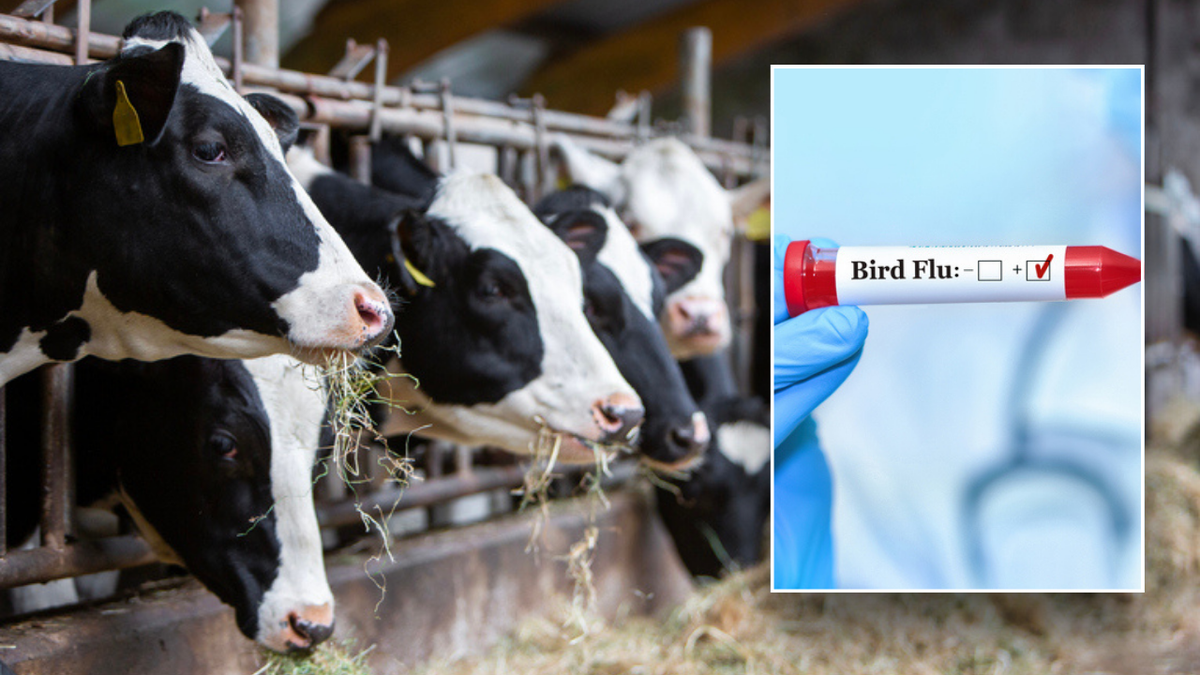First Case of Human Bird Flu Diagnosed Without Exposure to Infected Animals, CDC Says
In a surprising and somewhat unsettling development, a patient in Missouri has been diagnosed with bird flu despite having no known contact with animals. This case has left infectious disease experts scratching their heads and, perhaps more importantly, worried about broader implications.


Fox News Flash Top Headlines for September 9
The Centers for Disease Control and Prevention (CDC) confirmed the positive case of avian influenza A (H5) on Friday. The patient, who had underlying medical conditions, was successfully treated with antiviral medications and has since been discharged, as per the Missouri Department of Health and Senior Services (DHSS).
Hold onto your hats, folks. This news marks the 14th instance of bird flu in the U.S. this year, but it’s the first case that happened without the individual having had any reported exposure to sick or infected animals.

Dr. Benjamin Anderson, an assistant professor at the University of Florida, remarked that the case is ‘very concerning,’ adding, ‘We don’t know if the individual had indirect exposure to people or products from agricultural settings.’
Now the million-dollar question: how did this patient get infected? A comprehensive epidemiological investigation will kick off to uncover all potential paths of exposure. Anderson emphasized the importance of heightened vigilance. If flu cases spike, more samples will need examination to discern if any are avian influenza.

Dr. Edward Liu from Hackensack Meridian Jersey Shore University Medical Center also expressed worries about human-to-human transmission. Imagine that! Without an animal vector, bird flu could adapt to spread more efficiently among people.
Currently, testing for avian influenza remains limited. Dr. Liu notes, ‘Knowing it is influenza A doesn’t mean it is avian influenza. Confirmation requires another step to send it to the state health department or CDC.’

Dr. Marc Siegel from NYU Langone Medical Center pointed out that while there’s no evidence of human-to-human spread yet, there most likely was animal exposure. Close monitoring is crucial, as the situation could transform in the blink of an eye.
Risk Factors
The big concern is that bird flu might evolve, gaining the ability to transmit from human to human more effectively – a nightmare scenario for health experts. Dr. Anderson explained, ‘Influenza viruses can evolve over time through small point mutations or rapidly through recombination – when two or more viruses infect the same host and exchange genetic material.’
Right now, individuals with dairy cow or poultry exposure in areas where bird flu has been documented are the highest-risk group. The constant evolution of these viruses means vigilance is key.

Dr. Liu cautioned that avian influenza might cause a more severe disease than regular flu. He noted that while the seasonal influenza vaccine does not currently include avian influenza, it might still offer some protection. ‘Luckily, antivirals like Tamiflu can treat avian influenza,’ he added.
High-risk groups include older adults, young children, immunocompromised individuals, and those with chronic lung, heart, or kidney diseases. Should bird flu start spreading between humans, it could indeed be a ‘huge problem,’ albeit not there yet.
The CDC reassured that the general public risk remains low. The agency continues its investigation, working with Missouri DHSS to trace the source of exposure.
So, while it sounds pretty dire, there’s no need to start stockpiling canned beans and toilet paper just yet. Stay informed, stay safe, and let’s hope the experts crack this mystery wide open.






